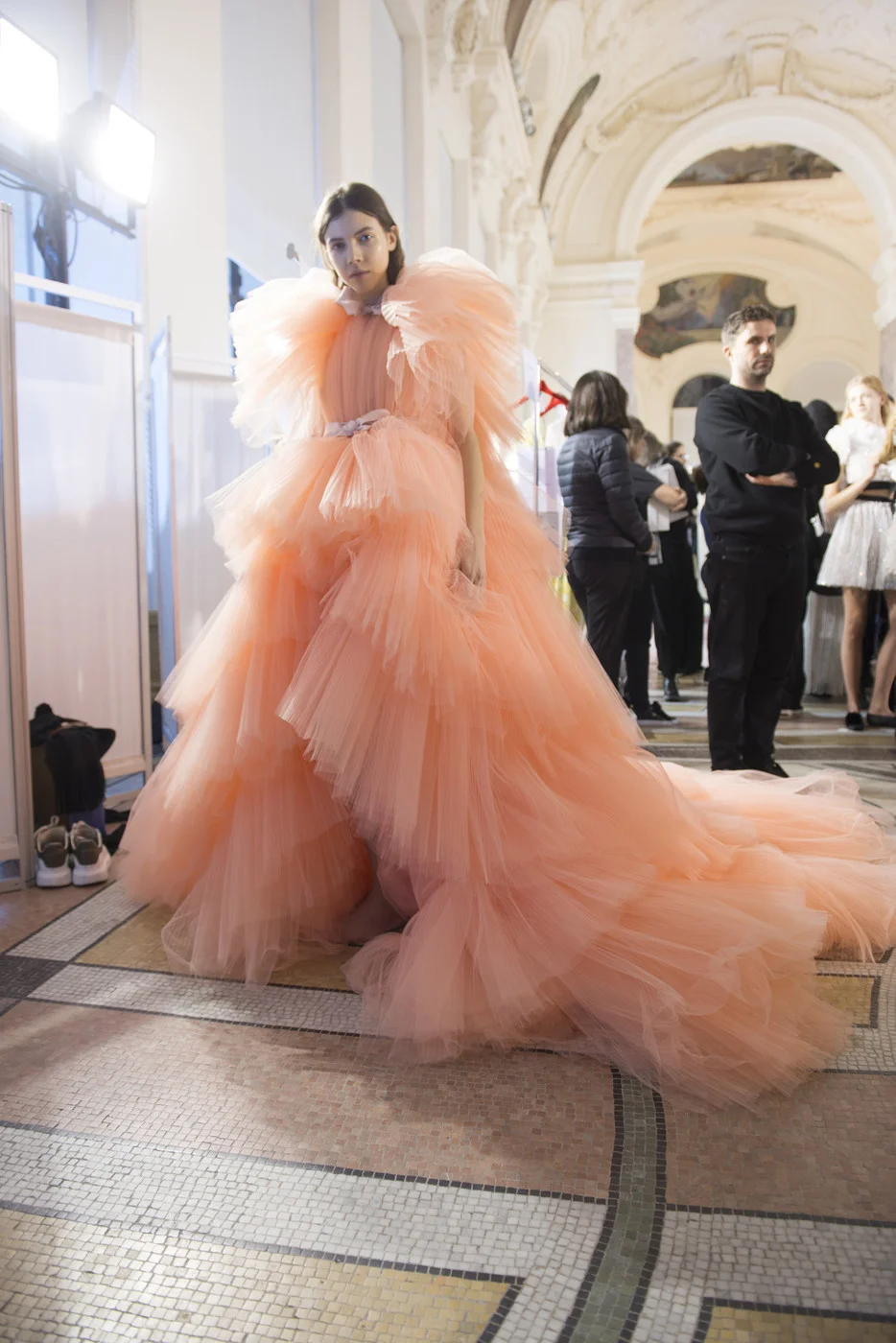The Underground House, 3970 Spencer St
It’s been a while since I’ve posted anything on here, it’s strange how blogging died since the boom of instagram, I do miss blogging but when most people aren’t looking for posts it’s hard to stay motivated. Today I came across something that made my heart flutter, then ache, I long so badly to see this in person that it almost made me cry. It ignites my imagination and I absolutely needed to share it with you. It looks like the home is no longer furnished and it is for sale, for 18 Million dollars. Wanna buy it for me?
The Underground House, 3970 Spencer St
By Buck Wargo Real Estate Millions
March 30, 2018 - 2:49 pm
It’s one of Las Vegas’ most famous homes and one shrouded in mystery that few people have ever seen.
It’s not the home of a celebrity or athlete that you can see on a bus tour or simply by driving by the address.
That’s because the home was built as a bomb shelter and is under the ground.
The famous Las Vegas property called The Underground House, 3970 Spencer St., will get a rare public viewing April 28 as part of a celebration of the city’s architectural historyhosted by the Nevada Preservation Foundation. The gala, which will feature cocktails and appetizers, costs $150 a ticket; an extra $75 gets you access to a VIP reception.
There’s no more famous basement in Las Vegas than The Underground House. It was built in 1978 by entrepreneur Jerry Henderson and his wife, Mary. The site measures nearly 15,000 square feet, and the house sits 26 feet below the surface, but it’s not a normal basement.
It has its own midcentury-style, two-bedroom home measuring about 6,000 square feet and resembles many others built in Las Vegas in an earlier era. A 800-square-foot caretaker home sits in the rear. It doesn’t get sunshine, wind and rain, but it otherwise is like many other homes.
There’s a 6-foot-deep pool, a spa, a barbecue area, a carpeted six-hole putting green and even views when you look outside the window of the home or from the patio. It’s not the Strip city lights or surrounding mountains but murals of settings where the Hendersons had homes in upstate New York, Colorado, Los Angeles and the San Francisco Bay Area.
The Underground House event is one of many foundation functions as part of Home + History Las Vegas weekend on April 27-29 to raise money for historic preservation in Nevada.
“This is our crowning event of the weekend,” said Suzey Sligh Van Ness, the events and giving manager for the foundation. “People have been wanting to see this house for years and been asking about it. To preservation people, it’s a must-see.”
The Underground House continues to have a sense of mystery to it, even with the acquisition in March 2014 by its new owner, which paid about $1.15 million. The new owner is the Society for the Preservation of Near Extinct Species, a self-described secretive group whose goal is to promote of human life extension.
What better way to do that than purchasing a property intended to preserve life in case of a nuclear blast?
“That was (the Hendersons’) idea to use it as a cold-war bunker and a reflection of the era they lived in,” said Tee Thompson, a society member who oversees The Underground House and is living in it. “Their concerns were valid to them, so they built a home 26 feet under the ground. This was their everyday home.”
Jerry Henderson was an investor in several companies. He had a company called Underground World Homes, which had an exhibit at the New York World’s Fair in 1964 and 1965 about living underground in the years following the Cuban missile crisis. Henderson also had an underground home in Colorado that measured about 45,000 square feet, Thompson said.
After Jerry Henderson died in 1983, his wife no longer wanted to live in the shelter. She built a town home on the surface, where she lived until she died in 1989. The entire property later ended up in foreclosure. Society President Mark Voelker resides in the town home.
The group has spent more than $1 million on improvements, including repairs to the sewage system and wiring and purchases of 1970s-era furniture that suited the home.





























